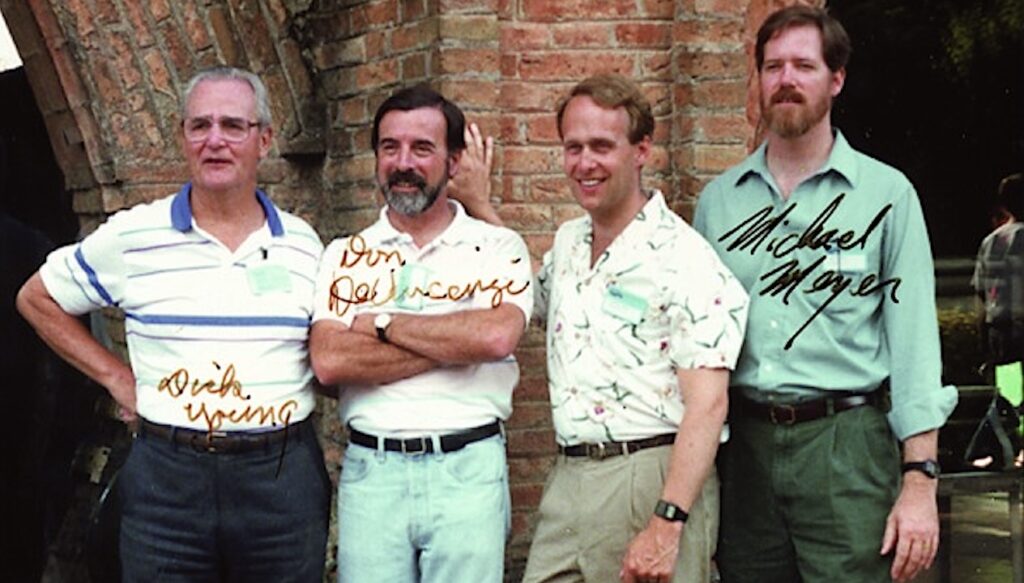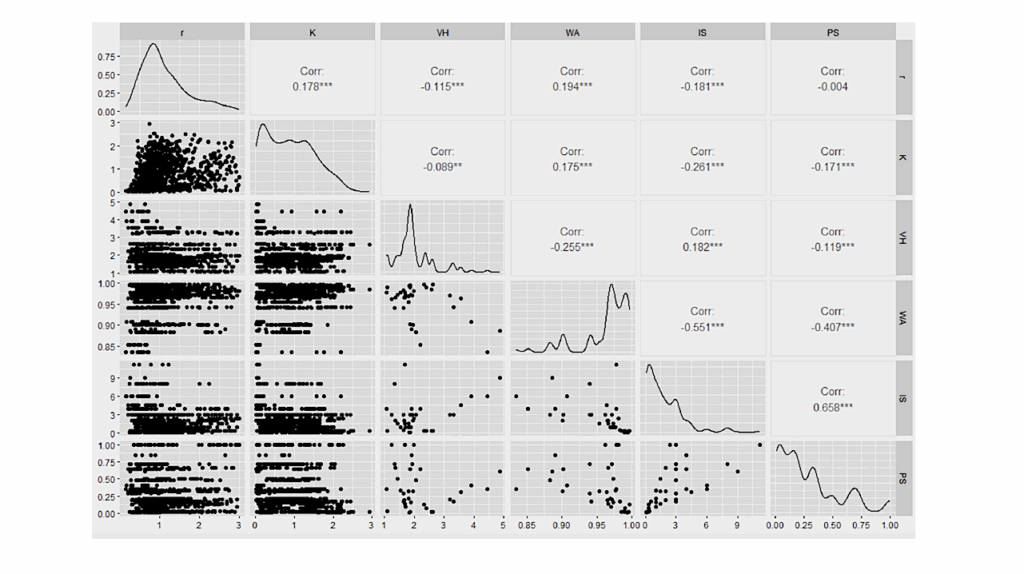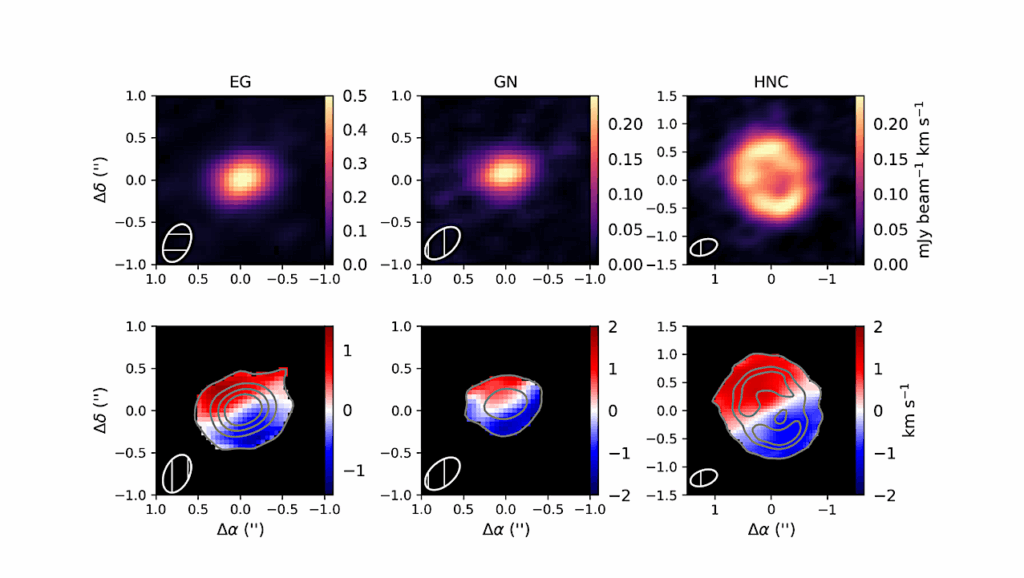NASA Awards Grant for New Life Detection Project

NASA has awarded funding for a new interdisciplinary project called the Laboratory for Agnostic Biosignatures (LAB). The award, totaling nearly $7 million dollars, will be used to develop new, non-Earth like life detection approaches for use on Mars and on Jupiter and Saturn’s icy moons.
“Our goal is to go beyond what we currently understand and devise ways to find forms of life we can scarcely imagine,” says principal investigator Dr. Sarah Stewart Johnson of Georgetown University.
The team of investigators will lay the groundwork for characterizing potential biosignatures, or signs of life, that do not presuppose any particular molecular framework, as well as designing tools for their detection and strategies for interpretation.
“Detecting life in an agnostic fashion means not using characteristics particular to Earth life,” says deputy principal investigator Dr. Heather Graham at NASA’s Goddard Space Flight Center in Greenbelt, Maryland. “We’re working to transform how to measure biosignatures, or signs of life, in and outside of our solar system.”
LAB is a consortium of 15 team members from a variety of universities and institutions from the United States and around the world. The team fosters collaborations among planetary scientists, biologists, chemists, computer scientists, mathematicians and veteran instrument scientists.
Members include:
Sarah Stewart Johnson (Georgetown University)
Heather Graham (NASA Goddard)
Eric Anslyn (University of Texas at Austin)
Pan Conrad (Carnegie Institute)
Lee Cronin (University of Glasgow)
Andrew Ellington (University of Texas at Austin)
Jamie Elsila (NASA Goddard)
Pete Girguis (Harvard University)
Chris House (Pennsylvania State University)
Chris Kempes (Santa Fe Institute)
Eric Libby (Santa Fe Institute)
Paul Mahaffy (NASA Goddard)
Jay Nadeau (Portland State University)
Barbara Sherwood Lollar (University of Toronto)
Andrew Steele (Carnegie Institute).
LAB’s initial research focus is on four features of life that do not assume any specific biochemistry, and will branch out from these concepts to build a framework for looking for life “as we don’t know it.” These features include: patterns of chemical complexity, surface complexity, chemical disequilibrium with the surrounding environment, and evidence of energy transfer. These indicators of life were chosen since they can be framed in a way that doesn’t bias observations toward the specific forms of life on Earth and are methods that could be implemented on flight missions. Pulling all of these concepts together, LAB also supports a computational team developing theoretical models to understand the full possibility space for life and a curation group responsible for selecting concept tests, benchmarking standards, and compiling results in a model that can be used to guide sample and instrument selection for future life detection missions.
For more information on the LAB project visit: https://www.agnosticbiosignatures.org/








